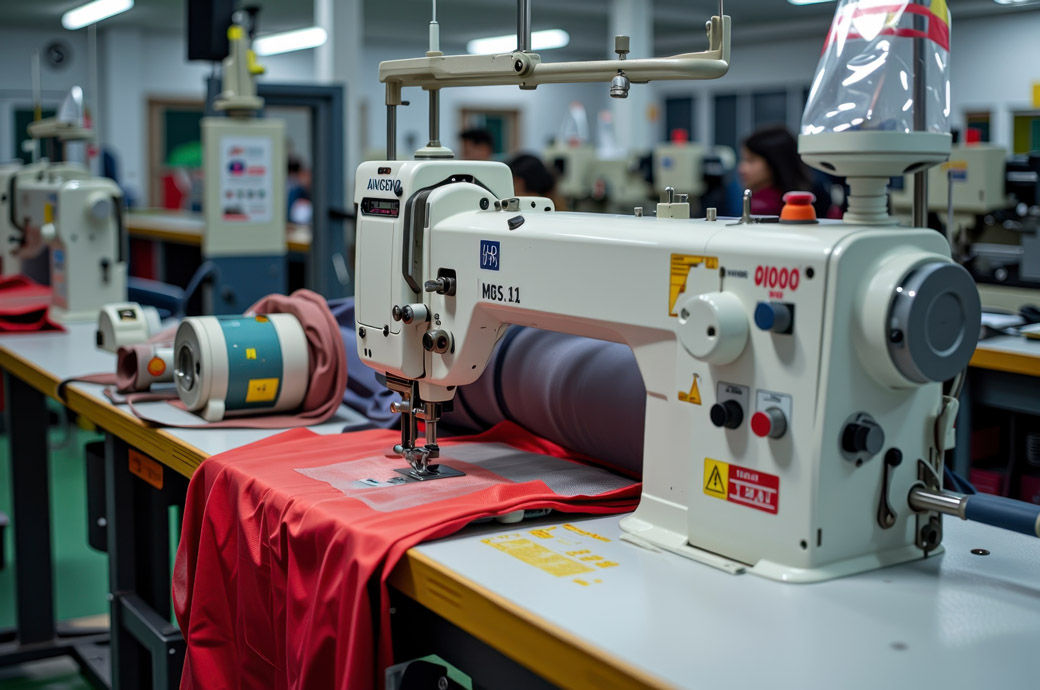“…Only a few companies have demonstrated measurable impact. For instance, while responsible purchasing policies are increasingly common, there is limited disclosure on whether these efforts have translated into meaningful wage increases for workers,” finds the report.
While many brands in the garment and footwear sector have committed to multi-stakeholder initiatives aimed at addressing living wages, there remains limited evidence of real-world impact, a Platform Living Wage Financials report found.
Nearly three quarters of assessed companies disclosed the names and locations of their tier-1 suppliers, indicating progress in supply chain transparency.
PLWF, therefore, called for more disclosure on engagement with suppliers and workers on living wages via multi-stakeholder initiatives to demonstrate the impact made by collaborative action.
As only five years remain to reach the 2030 UN Sustainable Development Goals (SDGs) deadline, the report urged companies to urgently move beyond policy commitments to measurable actions.
On the progress side, the report found that nearly three quarters of assessed companies disclosed the names and locations of their tier-1 suppliers, indicating progress in supply chain transparency. However, they should also start mapping and disclosing their supply chain beyond tier 1 suppliers, the report suggested.
Similarly, while more than four-fifths of companies offered evidence of a responsible purchasing policy and a third of those provided strong examples of implementation. More narrative is needed on how responsible purchasing practices have been implemented in practice, it noted.
Although some progress has been made on remediation efforts, this remains a ‘core area’ for improvement in terms of disclosures. In addition, evidence is needed that grievances are being monitored and grievance categories need to be disclosed.
There is also limited evidence of efforts to track the effectiveness of living wage strategies. Here, the report recommended disclosing the qualitative and quantitative indicators used to assess the closure of living wage gaps.
Companies must also work towards firming up their living wage policy and public commitments to meet international standards on living wages and relevant reporting regulations as small gaps have been noted between company policy and commitments on living wages and recent updates in global standards.
Fibre2Fashion News Desk (DS)


